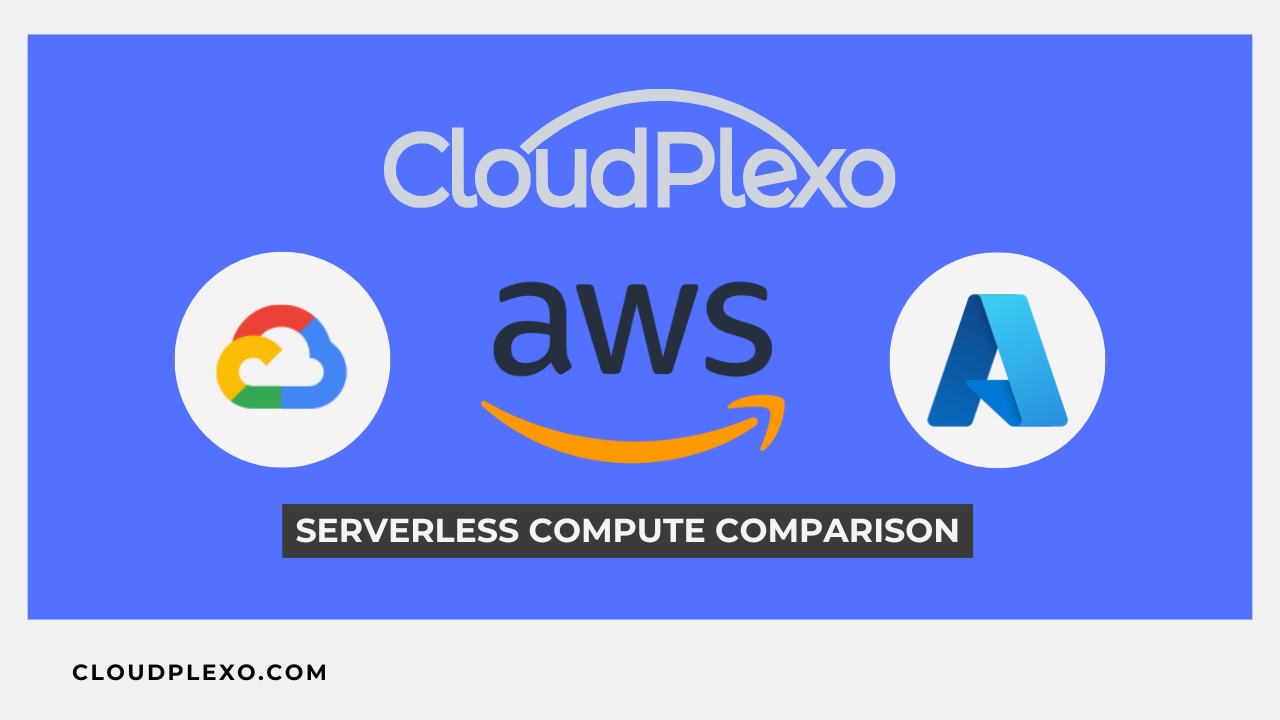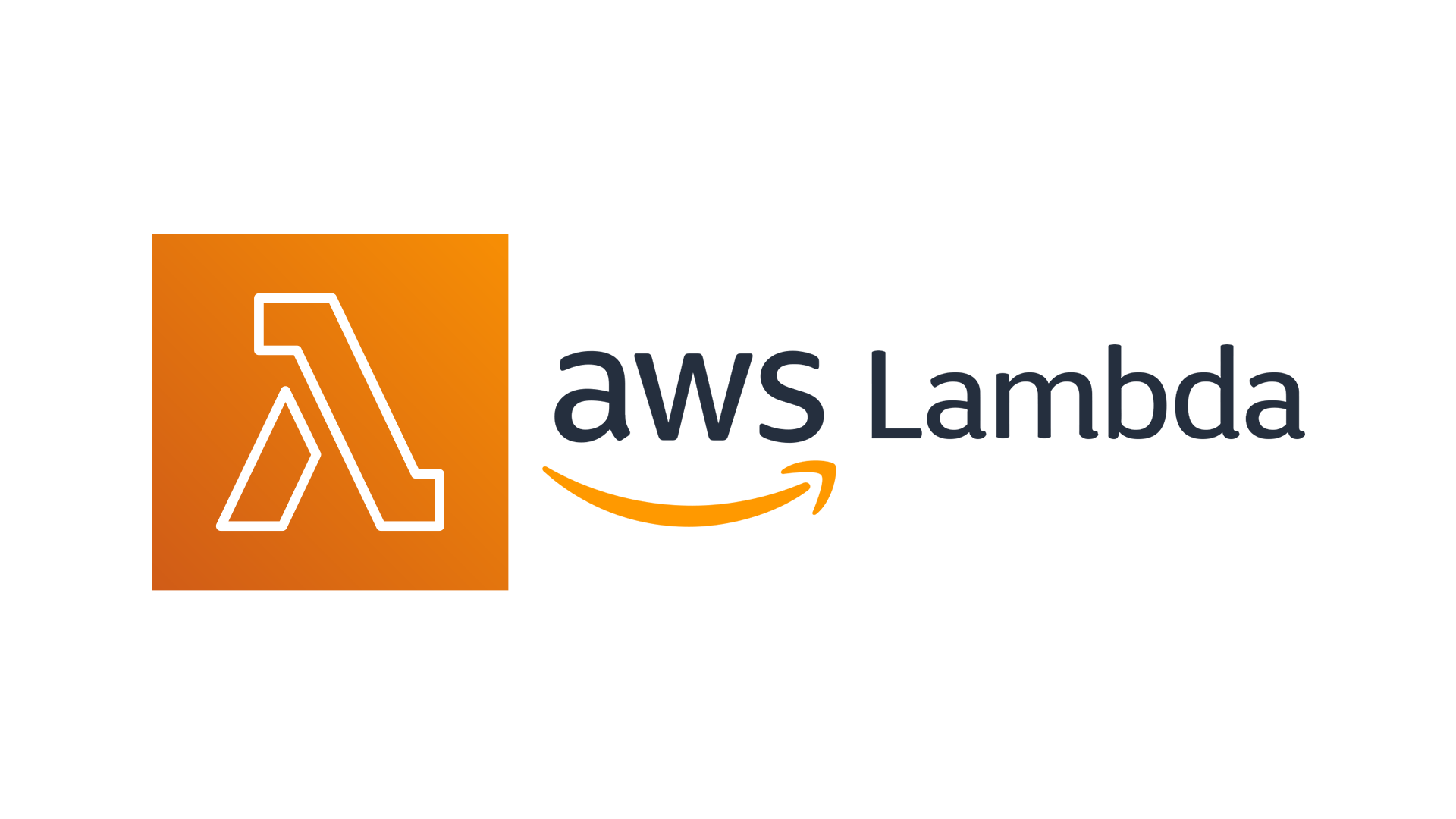Serverless Compute Comparison: AWS Lambda vs. Azure Functions vs. Google Cloud Functions
By abdulmumin yaqeen
on April 23, 2024

Serverless Compute Comparison: AWS Lambda vs. Azure Functions vs. Google Cloud Functions
Cloud computing is constantly changing and improving. One big change we’ve had is serverless computing. Serverless computing makes it easier to build, deploy, and scale applications. With serverless, developers can focus just on writing code. The cloud provider handles all the infrastructure work behind the scenes. It automatically provides more resources like computing power and memory when needed. It also scales resources up or down based on the demands on the application at any given time.
Three major cloud providers – Amazon Web Services (AWS), Microsoft Azure, and Google Cloud Platform (GCP) – offer serverless computing solutions in the form of AWS Lambda, Azure Functions, and Google Cloud Functions, respectively. In this article, we'll dive deep into these offerings, comparing their features, pricing models, integration capabilities, and more, to help you make an informed decision for your serverless computing needs.
Understanding Serverless Computing
Before we delve into the specifics of each provider's offering, let's briefly explore the core concepts of serverless computing.
Serverless computing is an execution model where the cloud provider dynamically allocates resources (compute power and memory) to run your code when triggered by an event or an HTTP request. Your code runs in stateless containers, and the cloud provider handles the provisioning, scaling, and management of these containers, allowing you to focus solely on writing and deploying code.
The key benefits of serverless computing include:
- No server management: You don't have to worry about provisioning, scaling, or managing servers or infrastructure.
- Pay-per-use pricing: You only pay for the compute time your code consumes, making it cost-effective for event-driven and intermittent workloads.
- Automatic scaling: Your code scales automatically based on incoming requests or events, without any manual intervention.
- High availability and fault tolerance: The serverless platforms are designed to be highly available and fault-tolerant, ensuring your code runs reliably.
With this understanding, what does AWS, Azure, and GCP have to offer?
AWS Lambda

AWS Lambda is the pioneering serverless computing service, launched by AWS in 2014. It allows you to run code without provisioning or managing servers, making it an ideal choice for building event-driven applications, data processing pipelines, and real-time file processing.
Key Features
- Programming Languages: AWS Lambda supports a wide range of programming languages, including Node.js, Python, Java, C#, Go, Ruby, and more.
- Event Sources: Lambda functions can be triggered by a variety of AWS services (like S3, DynamoDB, API Gateway, CloudWatch Events) and custom event sources.
- Execution Environment: AWS Lambda provides a managed execution environment, with built-in support for libraries and runtimes, as well as the ability to include custom libraries and dependencies.
- Scalability: AWS Lambda automatically scales your code to handle increased traffic, scaling from a few requests per day to thousands per second.
- Security: Lambda functions run in an isolated, secure environment with built-in security features like encryption at rest and in transit, IAM role management, and VPC connectivity.
- Monitoring and Logging: AWS Lambda integrates with AWS CloudWatch for monitoring and logging, providing insights into function invocations, durations, errors, and more.
Pricing
AWS Lambda follows a pay-per-use pricing model, where you're charged based on the number of requests and the duration of code execution (calculated in 1ms increments). There's no charge for requests that don't run any code, and the first one million requests per month are free (as part of the AWS Free Tier).
Azure Functions

Azure Functions is Microsoft's serverless computing offering, enabling developers to run code on-demand without provisioning or managing infrastructure. It's designed to handle a wide range of workloads, from event-driven scenarios to APIs and data processing pipelines.
Key Features
- Programming Languages: Azure Functions supports a variety of programming languages, including C#, JavaScript, F#, Java, Python, PowerShell, and more.
- Event Sources: Azure Functions can be triggered by various Azure services (like Blob Storage, Cosmos DB, Event Hubs, HTTP requests) and custom event sources.
- Execution Environment: Azure Functions provides a managed execution environment, with built-in support for runtimes and the ability to include custom dependencies.
- Scalability: Azure Functions automatically scales your code based on incoming requests or events, scaling from zero to thousands of instances.
- Security: Azure Functions integrates with Azure Active Directory for authentication and authorization, and supports features like Virtual Network integration and managed identities.
- Monitoring and Logging: Azure Functions integrates with Azure Monitor for monitoring and logging, providing insights into function executions, performance, and failures.
Pricing
Azure Functions uses a consumption-based pricing model, where you're charged based on the number of executions and the execution time (calculated in 1-second increments). There's also a monthly free grant for a certain number of executions and execution time, which can vary depending on your Azure subscription.
Google Cloud Functions

Google Cloud Functions is Google Cloud Platform's serverless execution environment, allowing developers to build and connect cloud services with code. It's designed to be lightweight, event-driven, and highly scalable, making it suitable for a wide range of use cases, from data processing to mobile backends and IoT applications.
Key Features
- Programming Languages: Google Cloud Functions supports Node.js, Python, Go, and Java.
- Event Sources: Cloud Functions can be triggered by various Google Cloud services (like Cloud Storage, Cloud Firestore, Cloud Pub/Sub) and HTTP requests.
- Execution Environment: Cloud Functions provides a managed execution environment, with built-in support for runtimes and the ability to include custom dependencies.
- Scalability: Cloud Functions automatically scales your code based on incoming requests or events, scaling from zero to thousands of instances.
- Security: Cloud Functions integrates with Cloud Identity and Access Management (IAM) for authentication and authorization, and supports features like Virtual Private Cloud (VPC) access and secure HTTP connections.
- Monitoring and Logging: Cloud Functions integrates with Cloud Logging and Cloud Monitoring for logging and monitoring, providing insights into function executions, errors, and performance.
Pricing
Google Cloud Functions uses a pay-per-use pricing model, where you're charged based on the number of invocations and the duration of code execution (calculated in 100ms increments). There's also a free tier that includes a certain number of free invocations and compute time per month.
Comparison and Decision Factors
Now that we've covered the key features and capabilities of AWS Lambda, Azure Functions, and Google Cloud Functions, let's compare them across several factors to help you make an informed decision.
Programming Language Support
All three providers offer support for popular programming languages, but the specific languages supported may vary. AWS Lambda currently supports the broadest range of programming languages, including Node.js, Python, Java, C#, Go, Ruby, and more. Azure Functions supports C#, JavaScript, F#, Java, Python, PowerShell, and others. Google Cloud Functions supports Node.js, Python, Go, and Java.
If you have a strong preference or existing codebase in a particular language, ensure that the serverless provider you choose supports that language.
Integration with Other Cloud Services
One of the key advantages of serverless computing is the ability to seamlessly integrate with other cloud services offered by the same provider. Each provider offers deep integrations with their respective portfolio of services, allowing you to build event-driven, serverless applications that leverage multiple cloud services.
AWS Lambda integrates tightly with a wide range of AWS services, such as S3, DynamoDB, API Gateway, CloudWatch Events, and more. Azure Functions integrates with Azure services like Blob Storage, Cosmos DB, Event Hubs, and more. Google Cloud Functions integrates with services like Cloud Storage, Cloud Firestore, Cloud Pub/Sub, and others.
If you're already invested in a particular cloud ecosystem, choosing the serverless offering from the same provider can simplify integration and minimize cross-platform complexities.
Execution Environment and Dependencies
All three providers offer managed execution environments, where they handle the underlying infrastructure and runtime management. However, they differ in their approach to handling dependencies and custom libraries.
AWS Lambda allows you to include custom libraries and dependencies, either by packaging them with your code or by using Lambda Layers (a way to centrally manage and share code and data across multiple Lambda functions). Azure Functions and Google Cloud Functions also support including custom dependencies, but their approaches may vary based on the programming language and runtime you're using.
If your application has specific dependency requirements or relies on custom libraries, evaluate how each provider handles these scenarios and the associated tooling and workflows.
Scalability and Performance
Scalability and performance are critical factors in serverless computing, as your code needs to scale seamlessly to handle spikes in traffic or events. All three providers offer automatic scaling, allowing your code to scale from zero to thousands of instances based on demand.
Here's a conclusion to wrap up the in-depth comparison article on serverless computing:
Conclusion
Serverless computing has changed the way applications are built and deployed, enabling developers to focus on writing code while the cloud provider manages the underlying infrastructure. AWS Lambda, Azure Functions, and Google Cloud Functions are the leading serverless computing offerings from the major cloud providers, each with its unique strengths and capabilities.
When choosing a serverless computing solution, consider factors such as programming language support, integration with existing cloud services, execution environment and dependency management, scalability and performance requirements, as well as pricing models and overall costs.
AWS Lambda, being at the forefront of serverless computing service, offers the broadest language support, deep integrations with a wide range of AWS services, and a proven track record of rapid scaling and performance. However, it may come with a higher overall cost, particularly for long-running or compute-intensive workloads.
Azure Functions provides a seamless integration with the Microsoft ecosystem and Azure services, making it an attractive choice for organizations already invested in the Azure cloud. Its pricing model and monthly free grants may also make it a cost-effective option for certain workloads.
Google Cloud Functions, while offering a more limited language selection, integrates well with Google Cloud services and leverages Google's expertise in container technology and serverless execution. Its pricing model and free tier could make it a compelling choice for smaller or cost-sensitive projects.
Above anything, the choice between AWS Lambda, Azure Functions, and Google Cloud Functions will depend on your specific requirements, existing cloud investments, and overall application architecture. It's recommended to evaluate each offering based on your unique needs, perform proof-of-concept testing, and carefully analyze the pricing and cost implications.
Serverless computing continues to really change rapidly, with all three providers constantly introducing new features, improvements, and integrations. By staying up-to-date with the latest developments and best practices, you can leverage the power of serverless computing to build scalable, event-driven applications that adapt to changing demands while minimizing operational overhead.